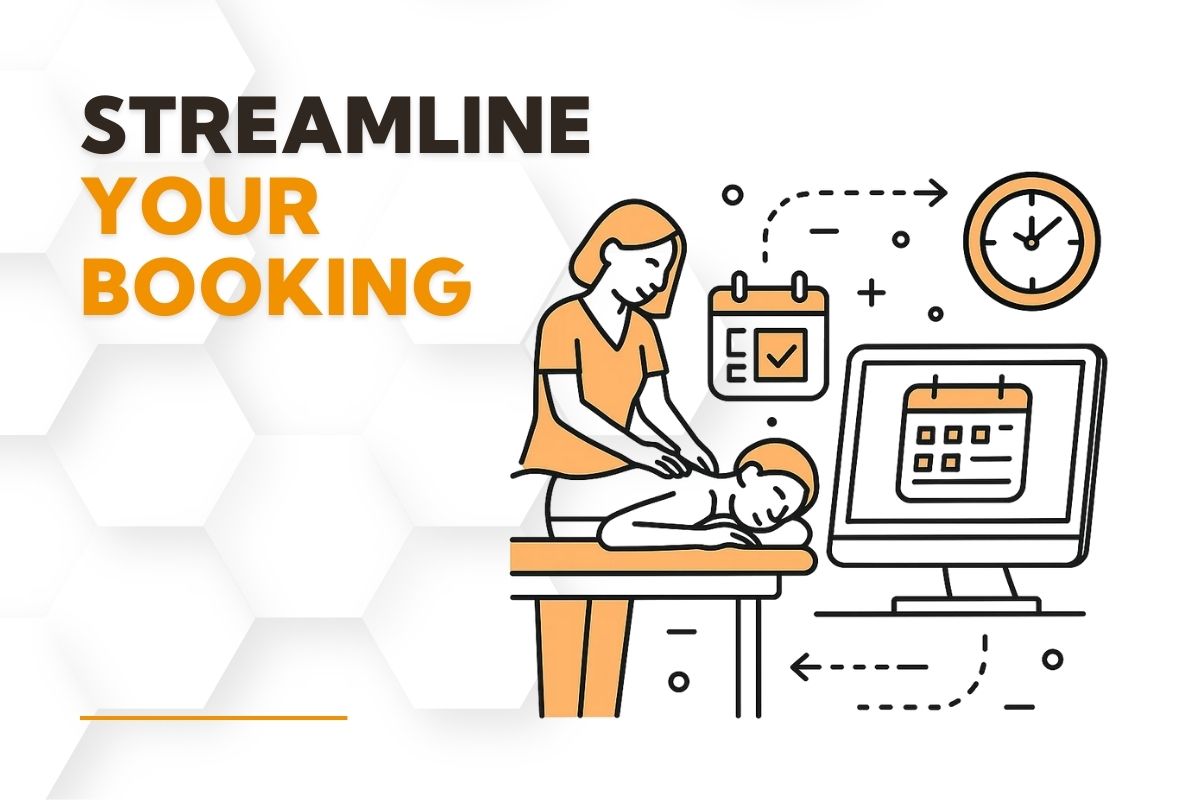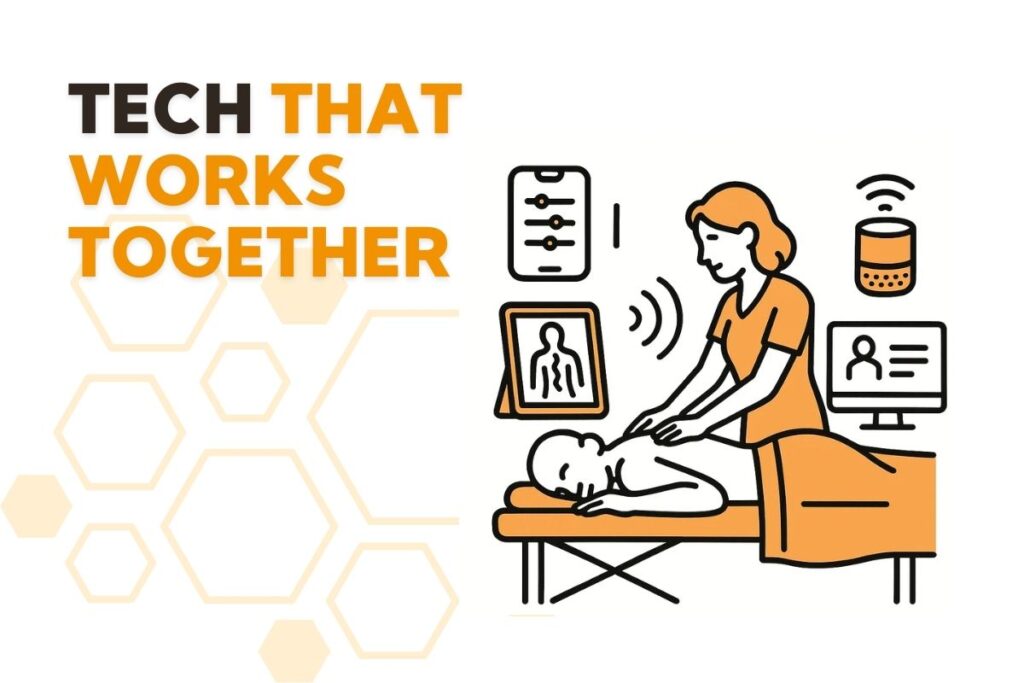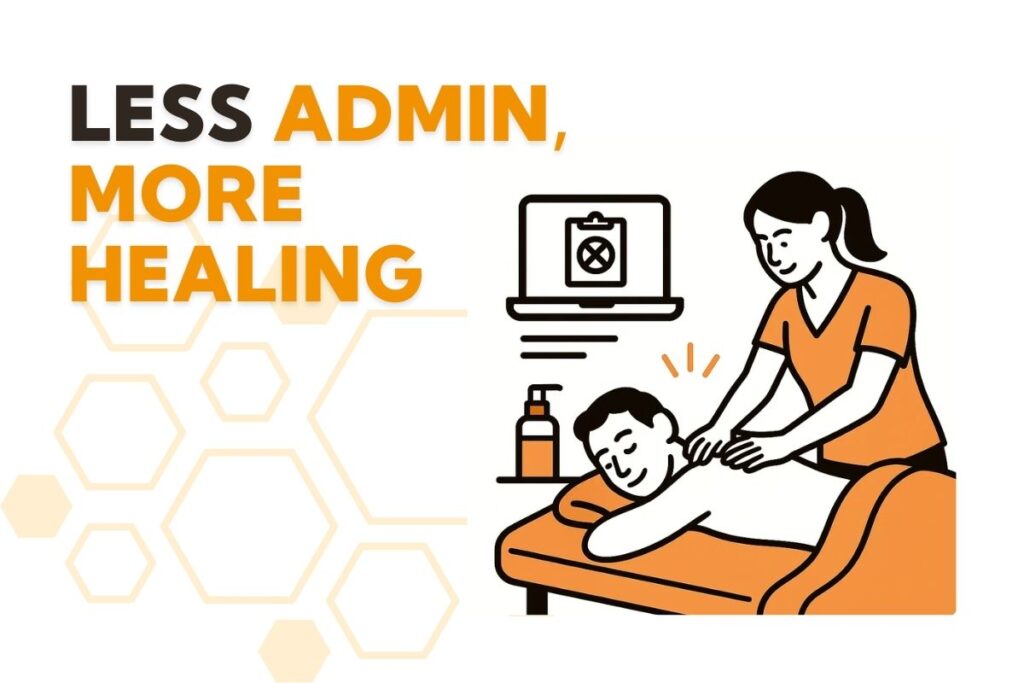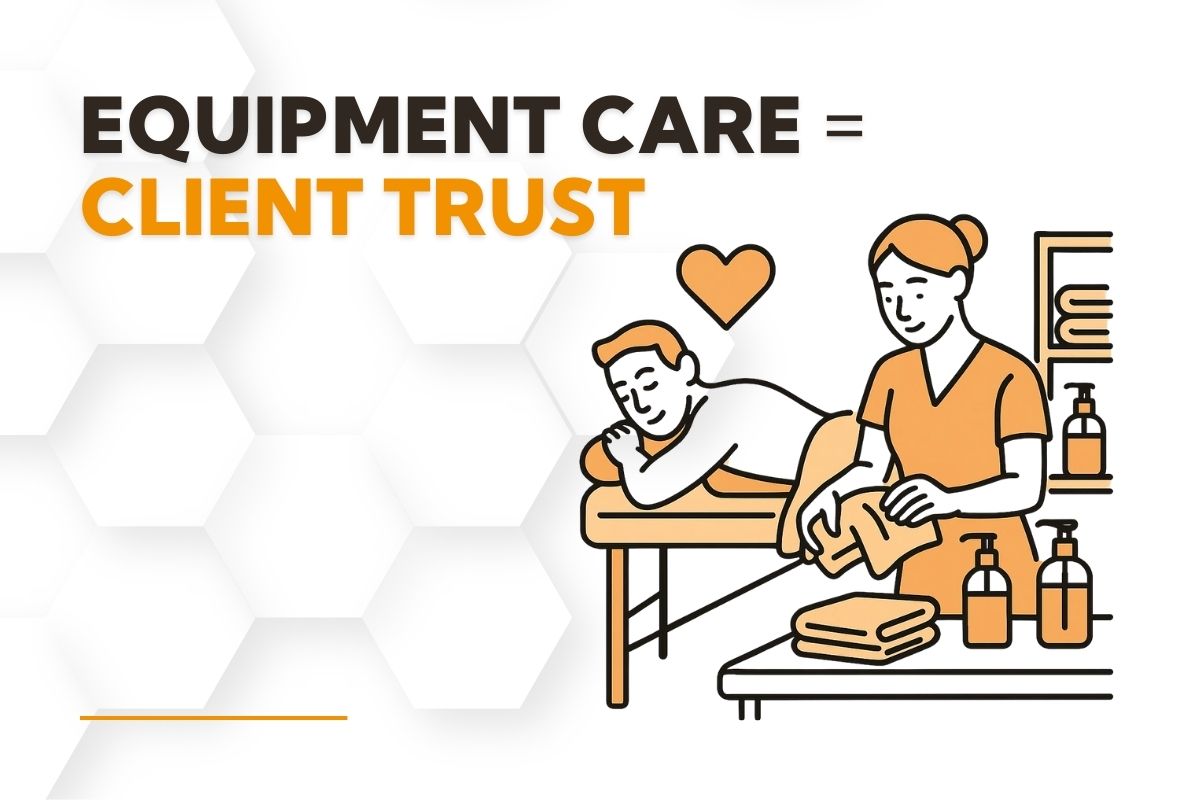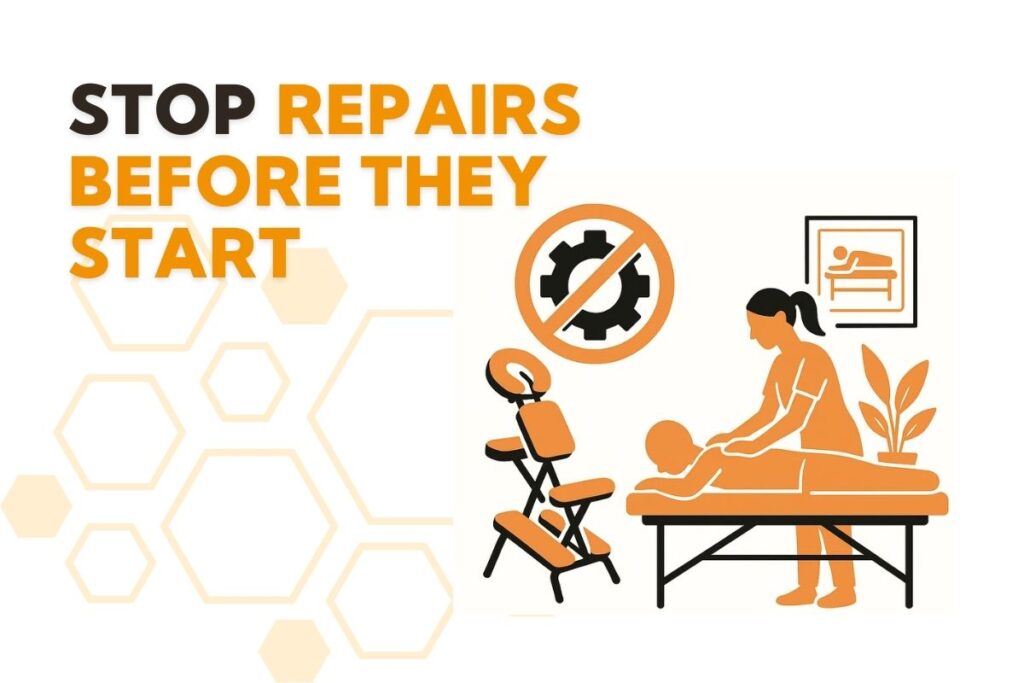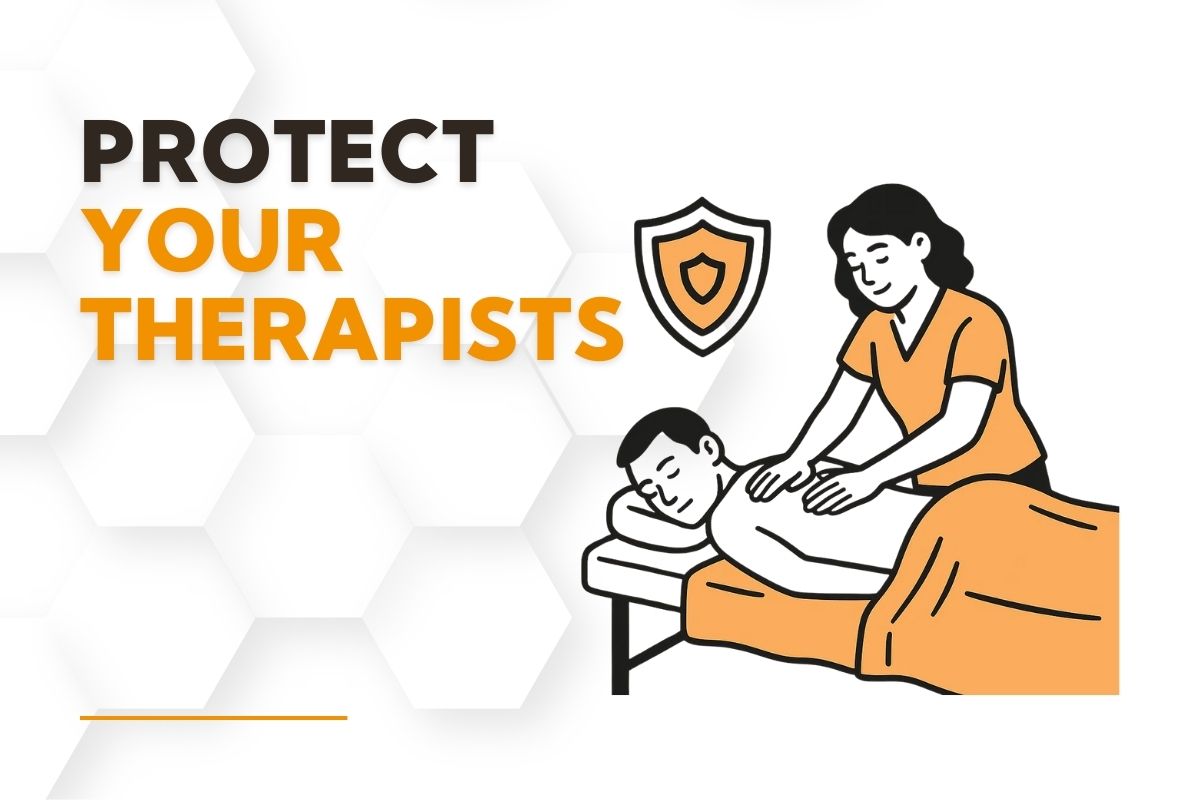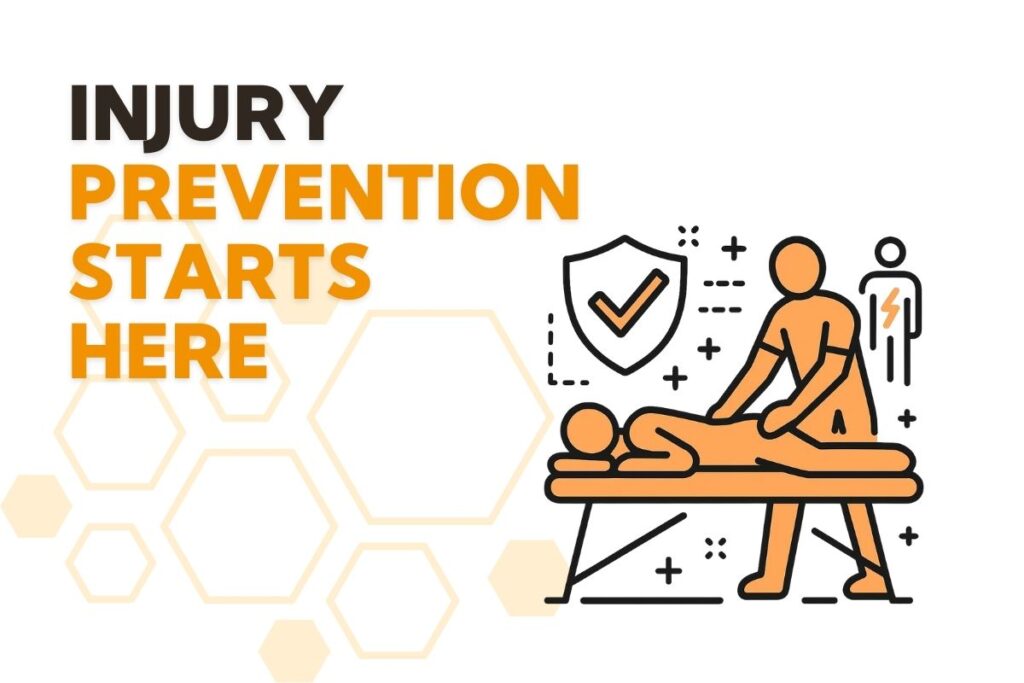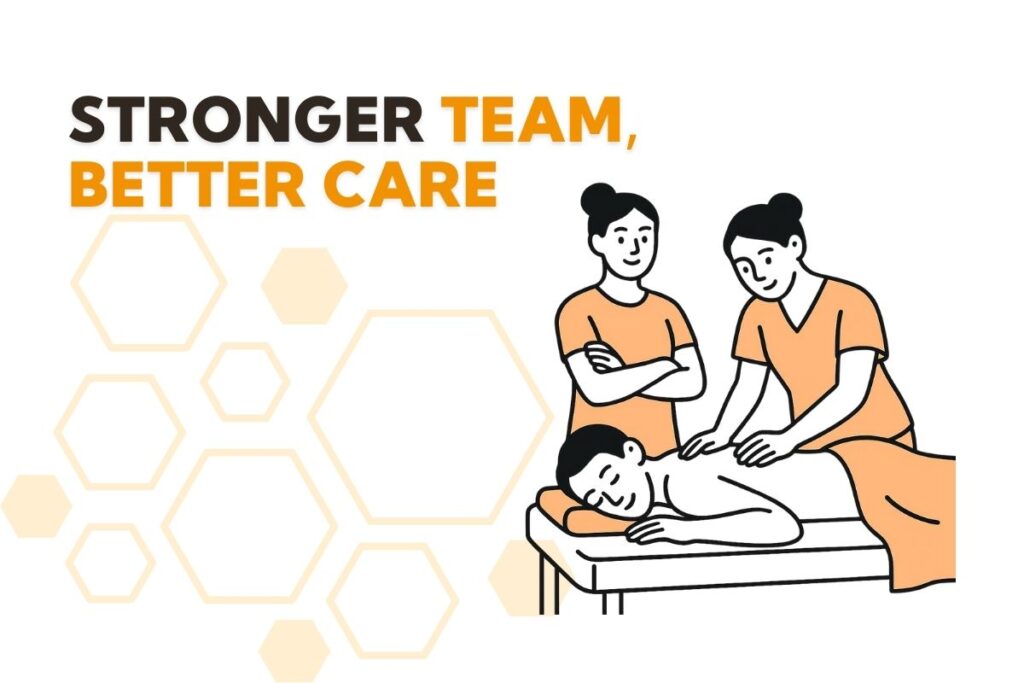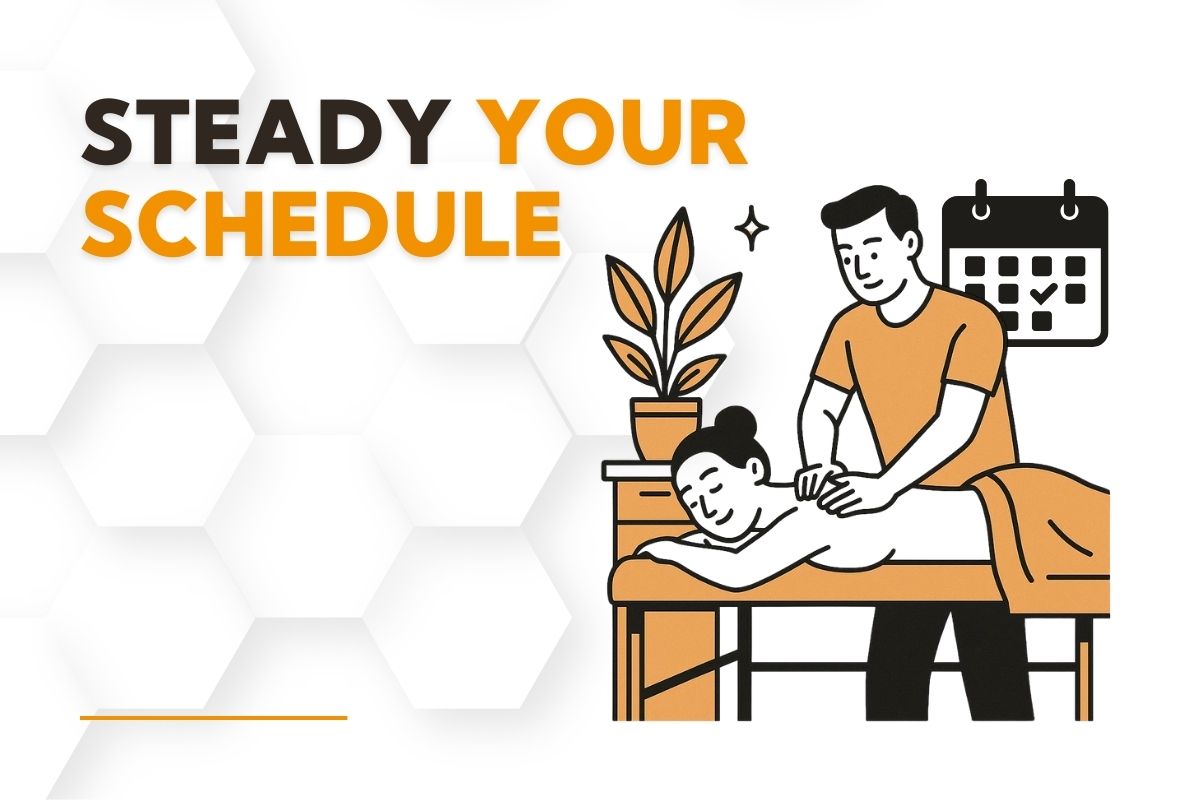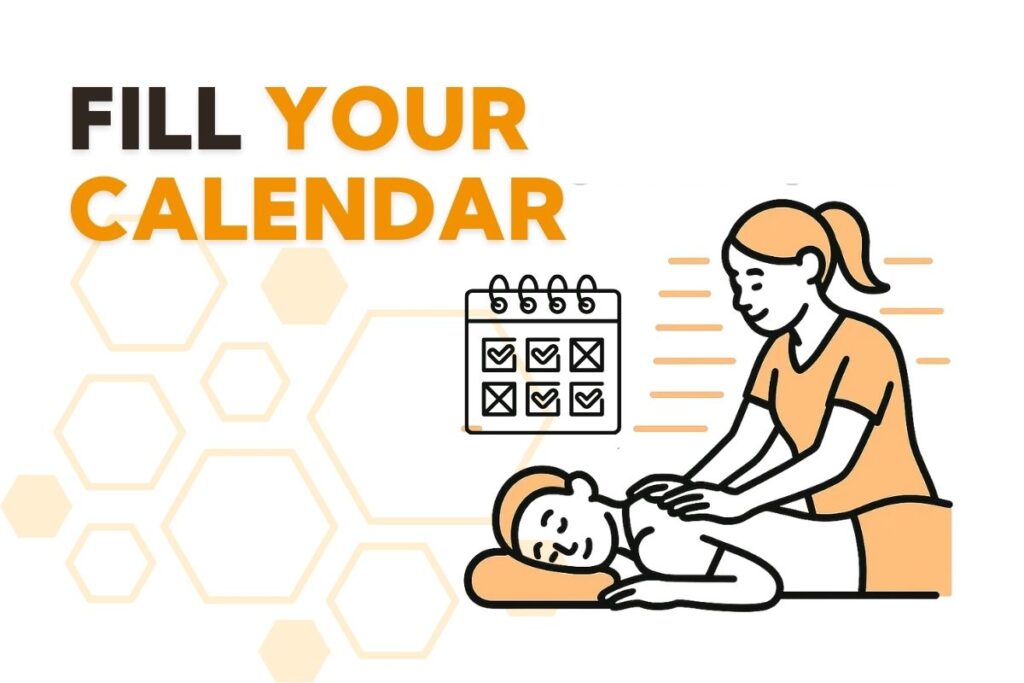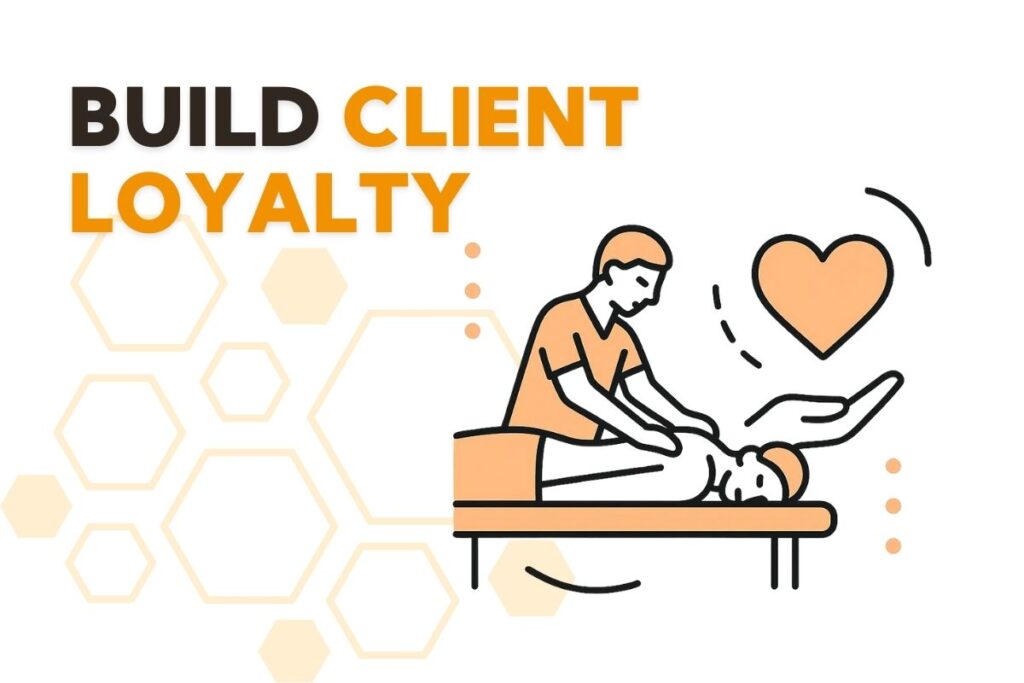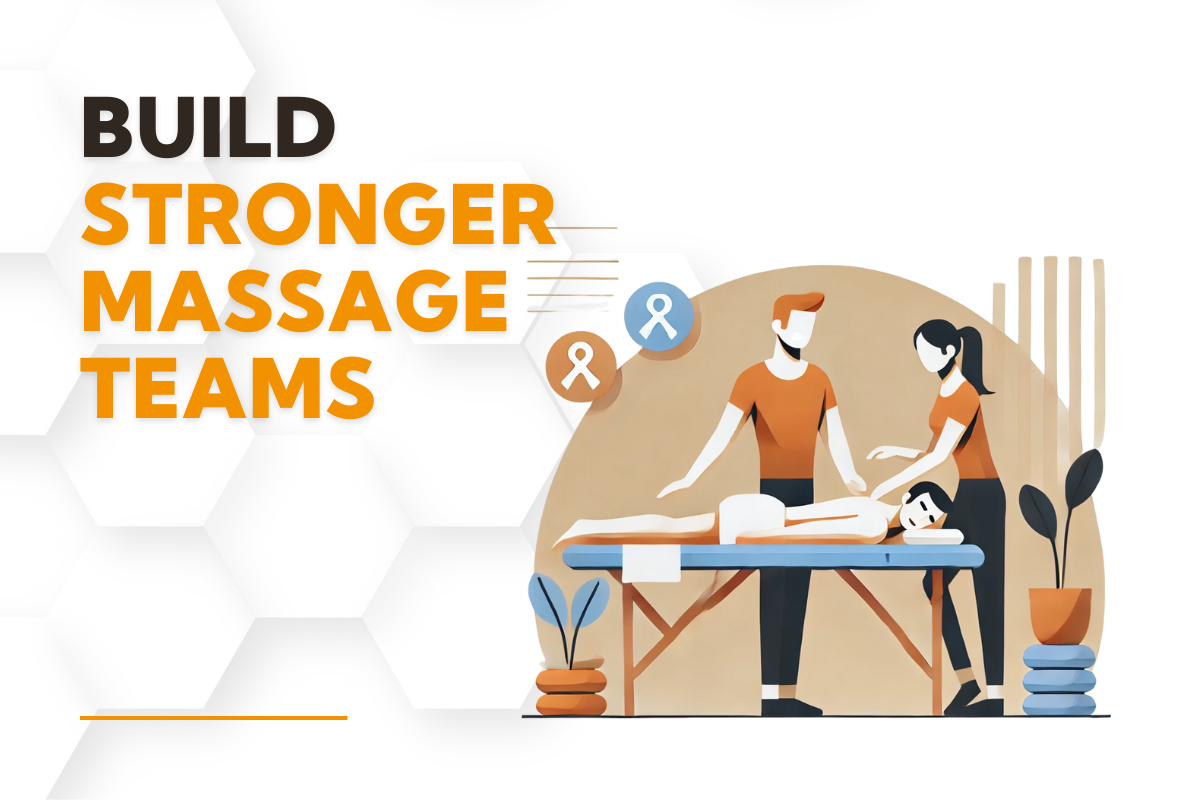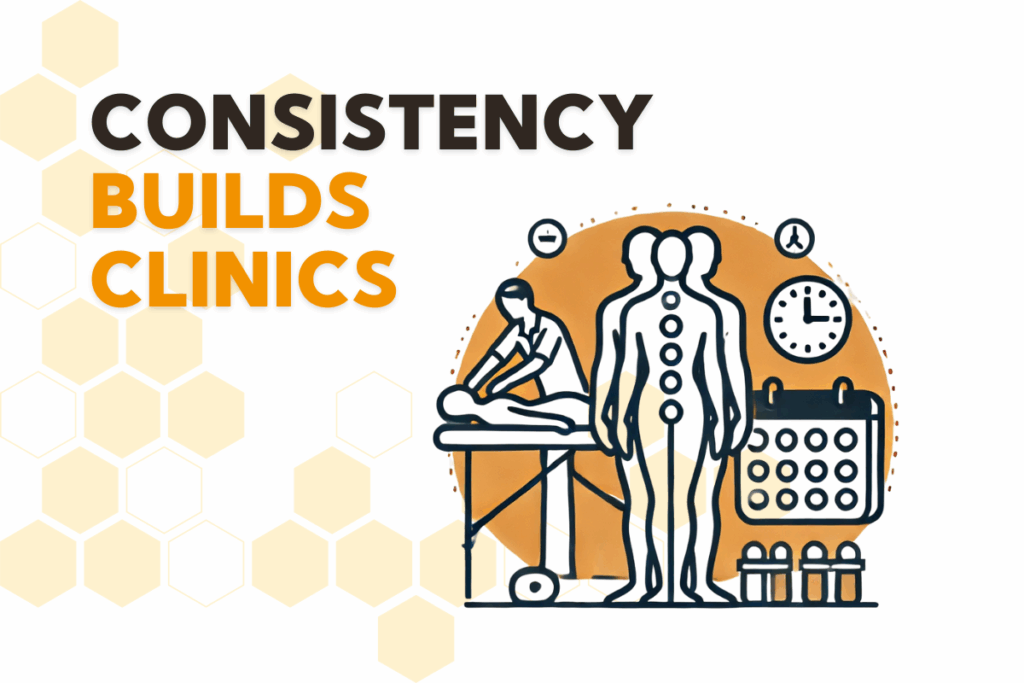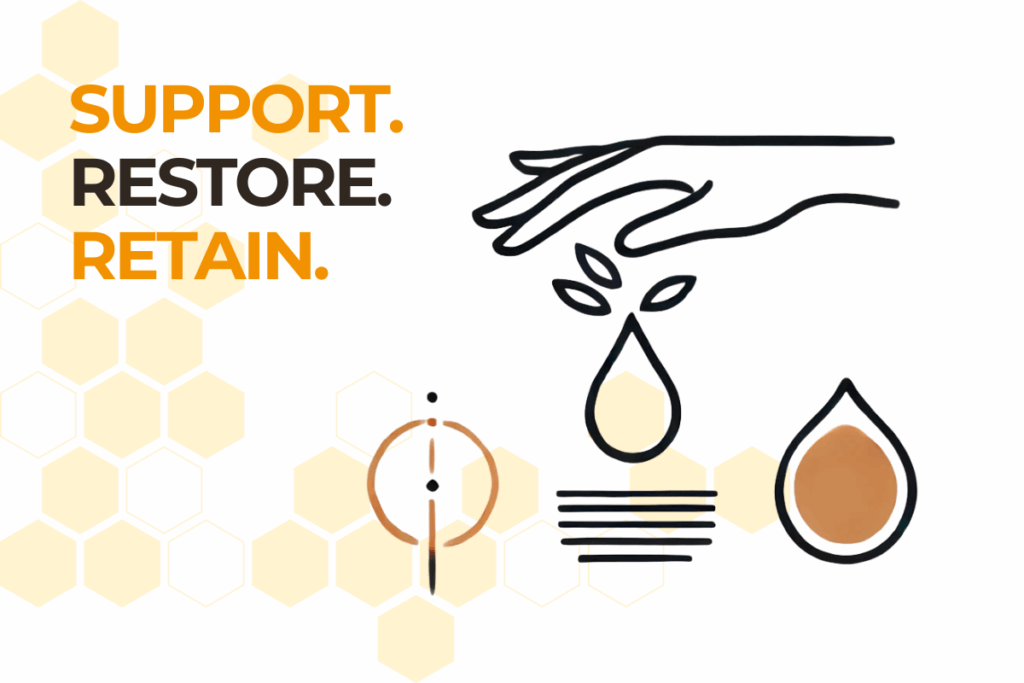Turn Chaos into Consistency with Smart, Strategic Campaigns
Seasonal promotions for massage clinics can be a powerful way to boost bookings, attract new clients, and increase gift card sales—but when they’re rushed or poorly executed, they can quickly spiral into disorganized chaos. According to the International Spa Association, nearly 50% of spa-goers are most likely to book services during promotional periods, making these campaigns a high-impact opportunity. But without a clear strategy, even the best intentions can lead to brand dilution, inconsistent messaging, overworked staff, and disappointing results.
If you’ve ever thrown together a last-minute holiday offer, only to wonder if it actually brought in new business—or just gave discounts to clients who would’ve booked anyway—you’re not alone. The stress of managing seasonal traffic spikes, unclear communication, and juggling marketing on top of operations often leaves clinic owners questioning whether the payoff is worth the pressure.
This guide will show you how to shift from reactive to proactive by building a year-round promotional strategy that supports your brand, energizes your team, and strengthens client relationships. You’ll learn how to choose the right campaigns, design compelling offers, time your promotions effectively, and evaluate success without burnout.
Why Seasonal Promotions Matter More Than Ever
Aligning with Consumer Habits
Seasonal promotions for massage clinics take advantage of consumer spending habits. Clients are more likely to treat themselves or loved ones to wellness services during key times of year like Valentine’s Day, Mother’s Day, back-to-school season, or the winter holidays. These moments create natural opportunities to:
- Boost visibility and client engagement
- Attract new clientele with timely offers
- Increase sales through gift cards and add-on services
Driving Consistent Revenue in Slow Months
Strategically placed seasonal promotions for massage clinics can smooth out revenue dips between busy seasons. By planning ahead, you can reduce the panic that sets in during slow stretches and keep your team steadily booked year-round.
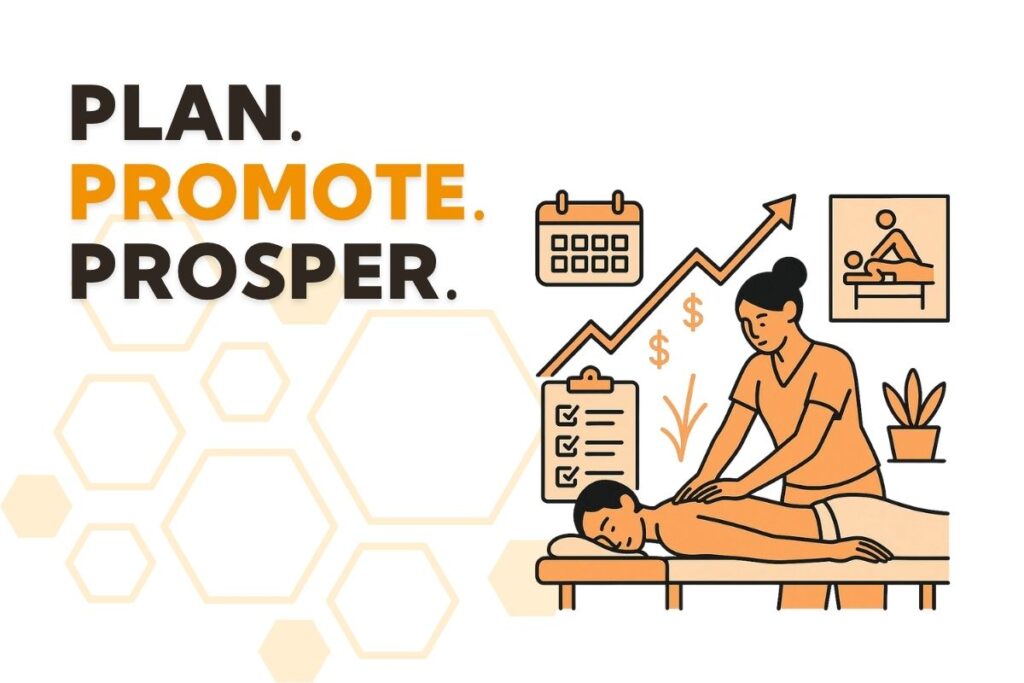
The Hidden Challenges of Poorly Managed Promotions
Last-Minute Execution Creates Stress
When seasonal promotions for massage clinics are thrown together at the last minute, the result is often disorganized marketing, unclear communication, and inconsistent delivery. This not only stresses out your team but can confuse or disappoint clients.
Brand Dilution Confuses Clients
Changing your message too often or running promotions that don’t reflect your core brand values can water down your clinic’s identity. Clients start waiting for discounts instead of valuing your regular pricing or care philosophy.
Unprepared Staff Burn Out Quickly
Sudden surges in bookings during a promotion can overwhelm your team, especially if there’s no plan for handling increased volume. Fatigue, miscommunication, and reduced service quality can follow.
Build a Year-Long Seasonal Promotion Strategy
Map Your Calendar
Start by identifying key dates that align with your services and client demographics:
- Winter Holidays: Gift cards, relaxation packages, couples massage
- Valentine’s Day: Romantic or self-care bundles
- Spring Renewal: Detox or posture-focused treatments
- Back-to-School: Stress relief for parents or teachers
- Thanksgiving/Gratitude: Referral incentives and thank-you packages
Balance Revenue Goals with Capacity
Set realistic goals for each campaign based on your team’s availability and historical booking data. Use Hivemanager’s time management automation tools for massage therapy clinics to prevent overbooking and burnout.
Create Offers That Clients Actually Want
Bundle Thoughtfully
Rather than simply discounting a massage, package your services in a way that adds value:
- 60-minute massage + aromatherapy + self-care product
- Couples massage + take-home stretching guide
- Series of 3 treatments with bonus add-on (like cupping or hot stones)
Price with Intention
Avoid deep discounts that undercut your value. Instead, emphasize exclusive experiences, limited-time availability, or bonus perks. This approach makes seasonal promotions for massage clinics sustainable and client-centered.
Market Smart, Not Hard
Start Promotions Early
Give yourself 4–6 weeks lead time before the start date. This ensures:
- Time to train your team
- Space to refine the offer
- Adequate runway for marketing content creation
Use a Multi-Channel Strategy
Combine digital and in-person touchpoints:
- Email campaigns: Highlight the benefits and urgency of your offer
- Social media: Use stories, reels, or behind-the-scenes content
- In-clinic signage: Reinforce offers at checkout or in waiting areas
- Google Business profile: Add promotional posts to increase visibility
Segment Your Messaging
Tailor your language to specific audiences:
- New clients: Emphasize first-time bonuses or introductory care
- Returning clients: Focus on loyalty rewards and progress tracking
- Gift buyers: Highlight the ease and thoughtfulness of a massage gift
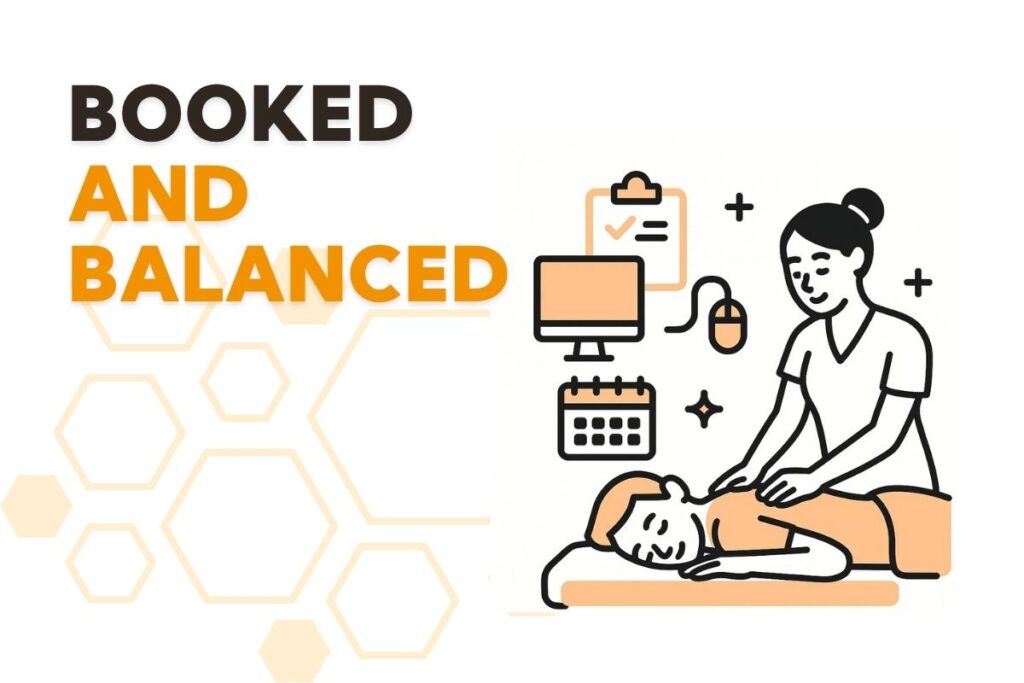
Empower Your Team for a Smooth Rollout
Host a Promotion Kickoff Meeting
Bring your staff together to align on:
- Offer details and pricing
- How to communicate the promotion to clients
- Booking expectations and any changes to scheduling protocols
Set Clear Roles and Responsibilities
Define who handles:
- Promo-related client questions
- Inventory and supply management
- Social media posting and email replies
Foster Feedback and Collaboration
After each seasonal promotion for your massage clinic, host a debrief to gather insights. What worked? What didn’t? How did the team feel? This reflection helps refine your approach for next time.
Track, Measure, and Learn
Set Clear Success Metrics
Before the campaign starts, define what success looks like. Consider:
- Total revenue generated
- Number of new clients gained
- Rebooking rates post-promotion
- Client satisfaction survey results
Use Data to Improve
Tools like Hivemanager’s client retention dashboard for massage clinics can help identify patterns and opportunities for smarter future planning.
Valentine’s Day Success Without Burnout
A mid-sized clinic in South Edmonton launched a “Love Your Body” campaign in February featuring a 75-minute massage with hot stone add-on and a custom tea blend gift. Instead of discounting their service, they highlighted self-care and seasonal connection.
What they did differently:
- Created a booking cap based on staffing levels
- Ran the promo for 2 weeks, not 4, to avoid fatigue
- Used a pre-scheduled email campaign and client list segmentation
- Evaluated success based on both revenue and team feedback
Result:
- 28% increase in February revenue
- Zero reschedules or staff call-outs
- 40% of promo clients rebooked within 60 days
Bringing It All Together for Long-Term Growth
Seasonal promotions for massage clinics shouldn’t feel like a frantic afterthought or just another item on your to-do list. When approached with intention and a clear plan, they can become one of your most effective tools for building client loyalty, showcasing your clinic’s unique value, and generating steady revenue—without compromising your team’s well-being or your brand’s integrity.
Whether you’re crafting a cozy winter stress relief campaign, designing a thoughtful Mother’s Day gift package, or preparing for back-to-school tension relief sessions, the key is to think ahead. By mapping out your promotional calendar in advance, aligning your offers with your brand, and empowering your staff to deliver a consistent experience, you set your clinic up for long-term success.
Start early. Stay consistent. Promote with purpose. Your clients will notice—and so will your bottom line.
Frequently Asked Questions
Ideally, you should start planning your promotions at least 6–8 weeks in advance. This gives you enough time to align your team, finalize your offer, and execute a well-rounded marketing strategy.
Not necessarily. Instead of slashing prices, focus on adding value through bundles, bonus services, or limited-time experiences. This maintains your pricing integrity while still offering something special.
Use booking limits and manage expectations from the start. Leverage automation tools for scheduling and communication, and make sure your staff is fully briefed and supported throughout the campaign.
Key metrics include total revenue from the promotion, new client acquisition, rebooking rates, and client feedback. Post-campaign reviews with your team can also uncover valuable qualitative insights.



